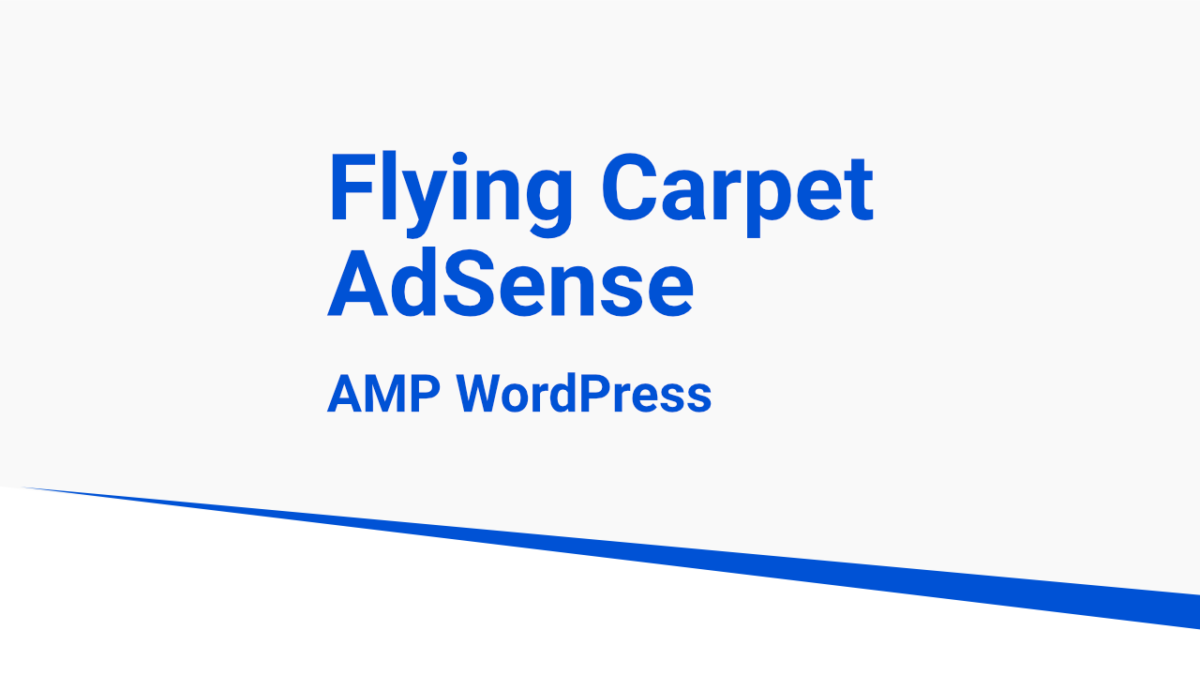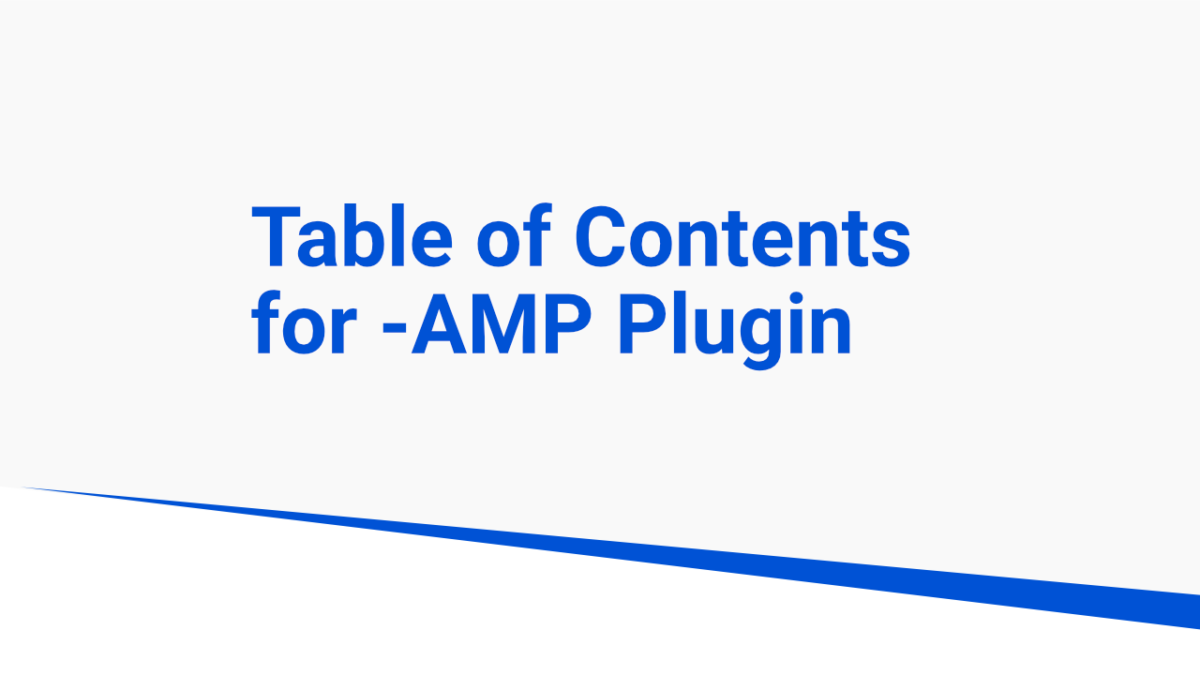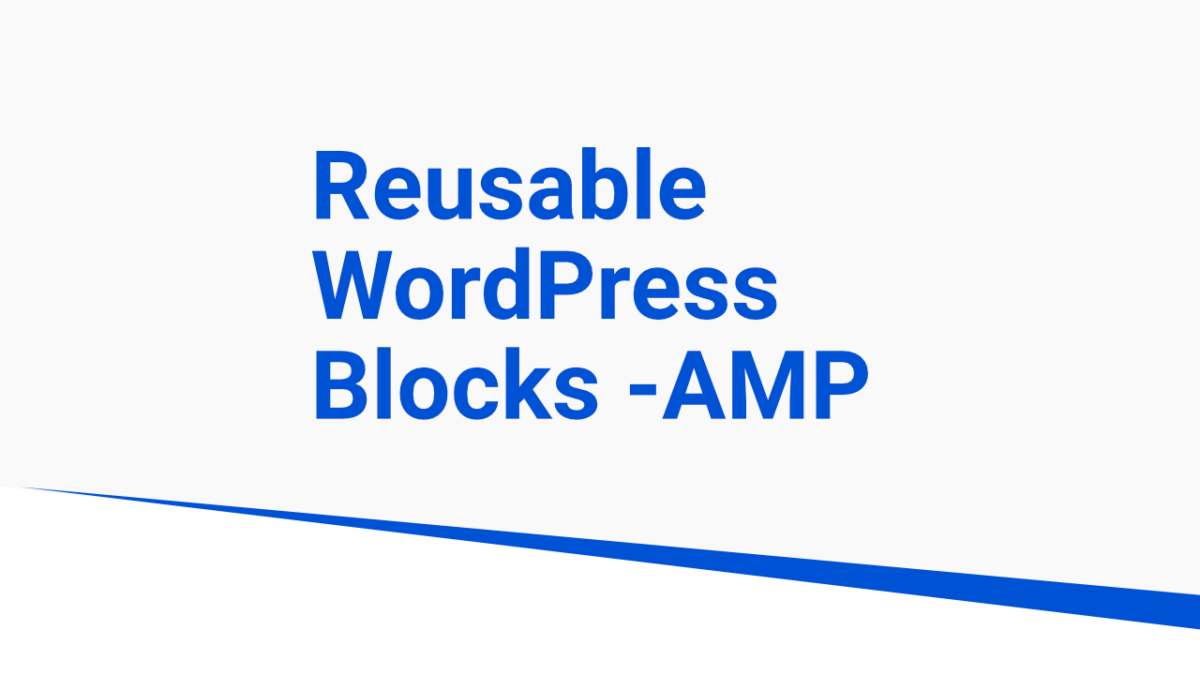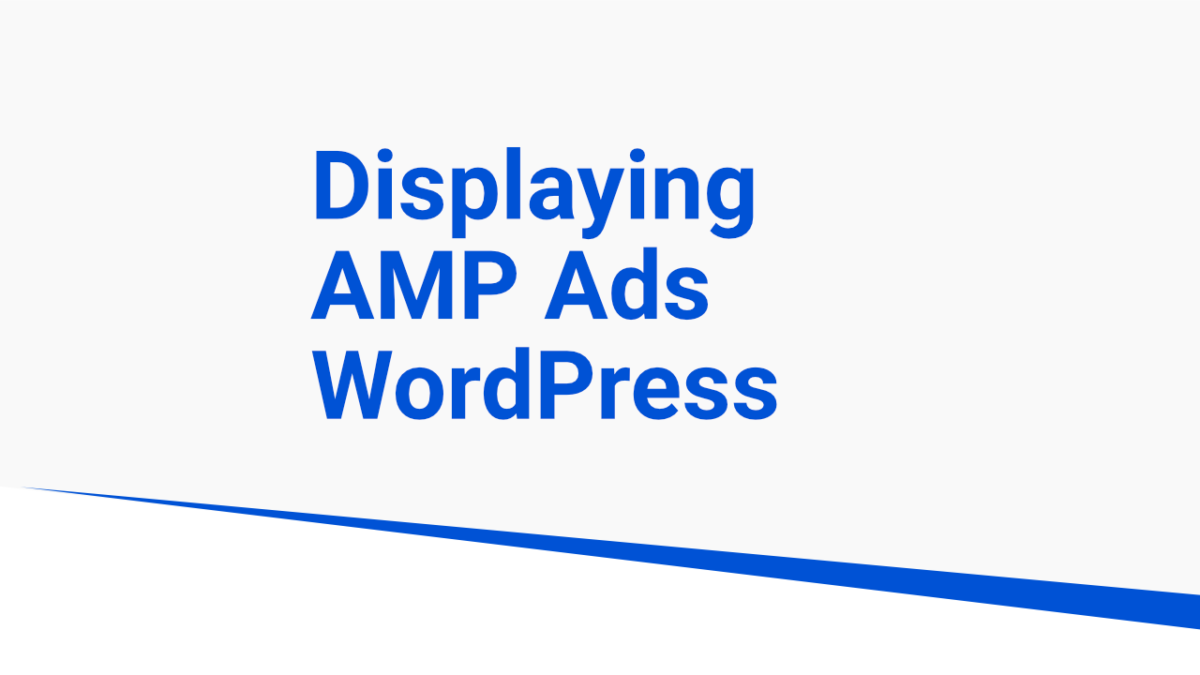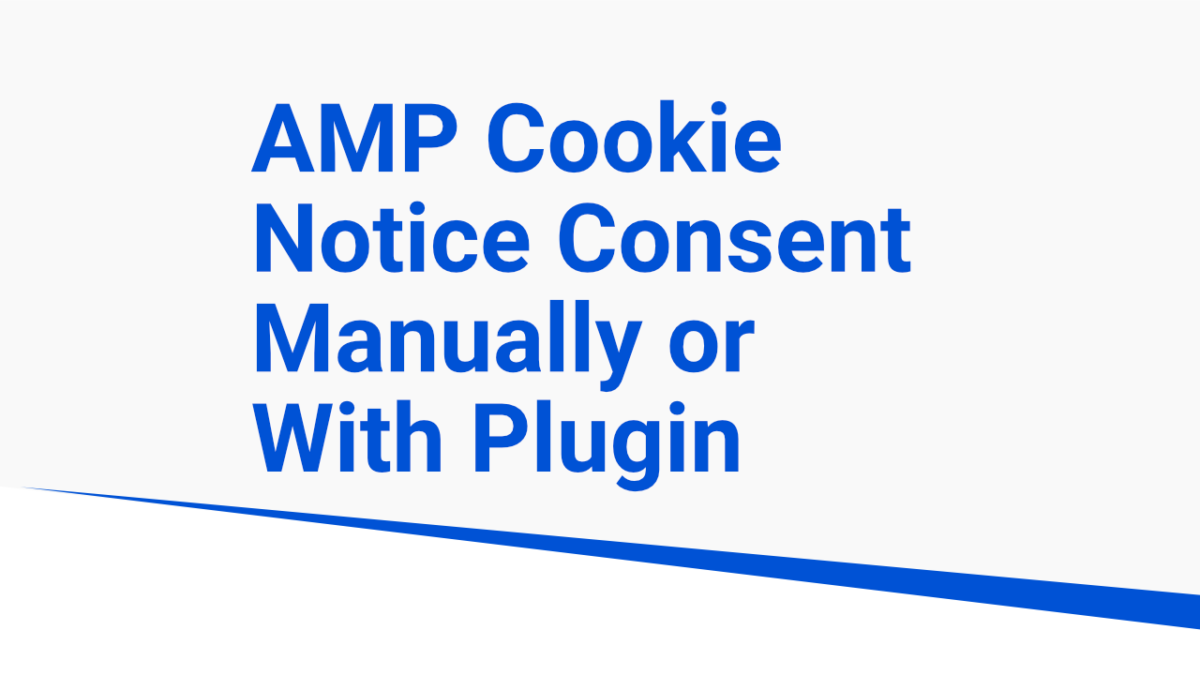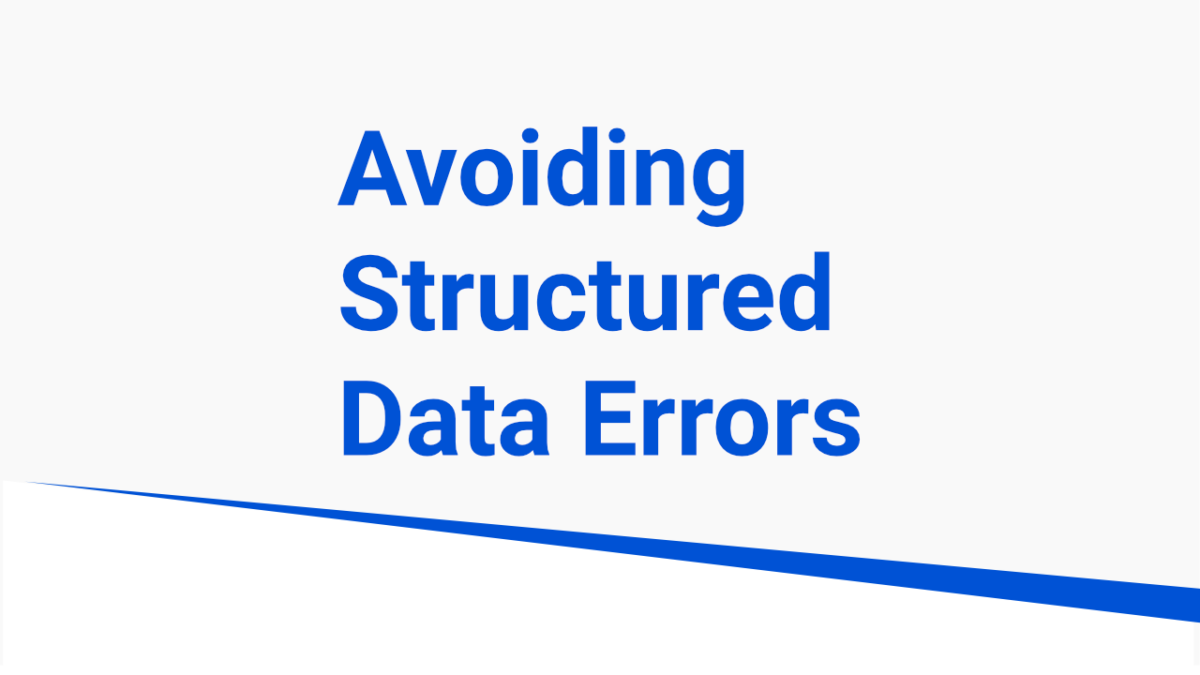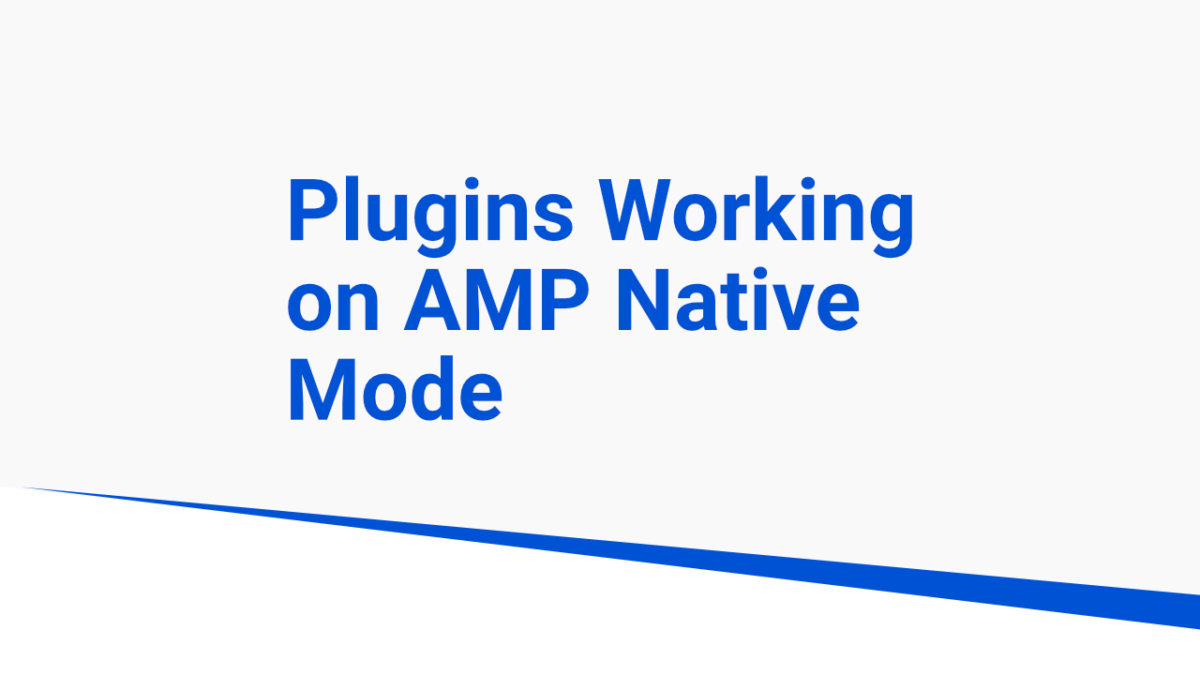Recently during browsing on my phone, I came across, flying carpet ads on a news site. It was an awesome effect. When it comes to displaying ads, name it flying carpet on the AMP or Parallax effect traditionally. As I am using a Standard AMP Mode. I thought of giving this a try and luckily […]
